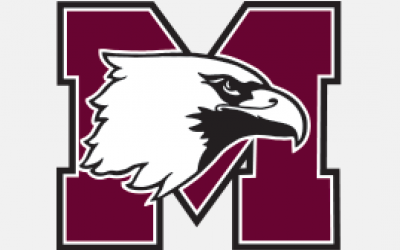GOLFER’S ELBOW (MEDIAL EPICONDYLTITIS)
Golfer's elbow is a painful overuse injury that causes inflammation of the muscle on the inside of the elbow.
September 26, 2018
OVERVIEW
What is Golfer's Elbow?
Golfer's elbow is a painful overuse injury that causes inflammation of the muscle on the inside of the elbow.
The pain from golfer's elbow runs from the bony point of your elbow into your forearm.
Golfer's elbow causes and risk factors
Putting too much stress on your muscles, joints, or other tissues without allowing them to recover can cause golfer's elbow.
Although it's one of the more common golf injuries, it doesn't only happen to golfers. Activities that include repetitive forearm movement — such using a screwdriver or painting — can also cause golfer's elbow.
People at risk for golfer's elbow include those who:
- Garden.
- Bowl.
- Play golf.
- Play baseball — known as "Little Leaguer's elbow" caused by excessive throwing.
Tips for preventing golfer’s elbow
To help prevent golfer’s elbow:
- Stretch the muscles in your forearm before and after activity. Stretching will reduce muscle soreness and aid in injury prevention.
- Ice the elbow if you have pain or swelling in your elbow after an activity. Rest the elbow until the pain is gone.
SYMPTOMS
Golfer's elbow symptoms
Common symptoms of golfer’s elbow include:
- Pain on the inside of your elbow.
- Pain when you make a fist.
- Stiffness in your elbow.
- Weakness in the arm or fingers.
Golfer's elbow symptoms can come on all at once or slowly over time.
You may notice that the pain gets worse when you swing a golf club.
Other things that might cause golfer's elbow pain include:
- Swinging a racket.
- Shaking hands
- Turning a doorknob.
- Lifting weights.
- Flexing your wrist.
Golfer’s elbow diagnosis
There is no one test to diagnose golfer's elbow.
To help confirm a golfer's elbow diagnosis, your physician will:
- Ask about your medical history.
- Do a physical exam.
- Check for pain by pressing on and moving areas of your hand or wrist. This will help localize where the issue is.
If your physician sees signs of a more serious elbow injury, like a fracture, he or she may request an x-ray.
TREATMENT
Golfer's Elbow Treatment
To treat golfer's elbow, you need to give the injury time to rest and recover. The sooner you take it easy, the sooner you will be able to return to activity.
Avoiding treatment can lead to long-term pain and stiffness of the joint.
The following treatments may help golfer’s elbow:
- Rest and ice. Stop activity and apply ice packs to the elbow for 15 minutes a few times a day.
- Exercises: Your physiotherapist may give you some exercises to stretch and strengthen your forearm muscles. You may receive education on best practices for activity, technique and injury prevention.
- Cortisone injections. Your physician may prescribe cortisone shots to relieve pain and swelling.
Content supplemented by UPMC Sports Medicine
